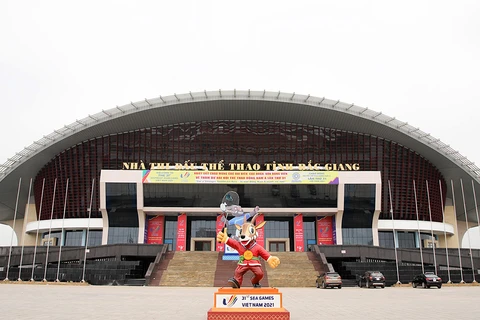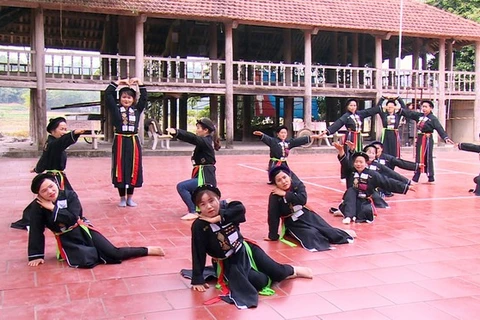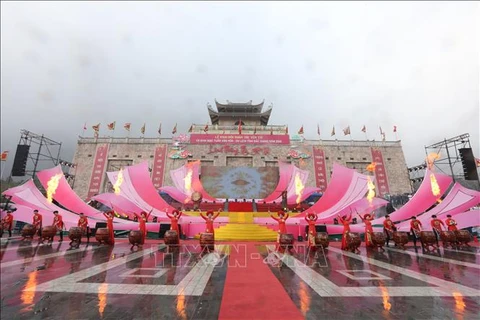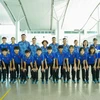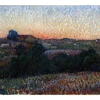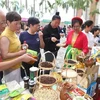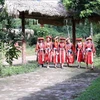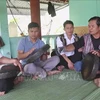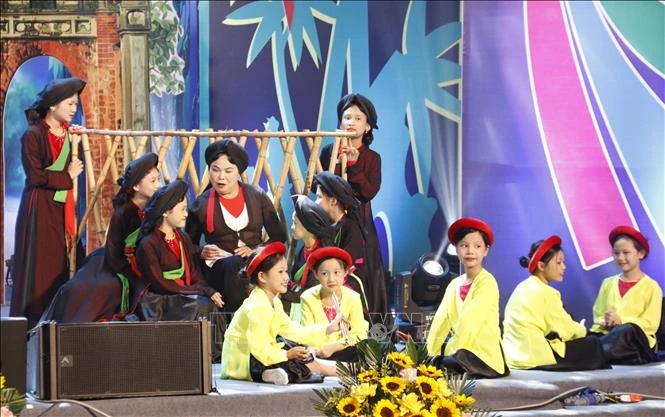
Bac Giang (VNA) – The Department of Culture, Sports and Tourism of the northern province of Bac Giang recently hosted its eighth biennial Quan ho (love duet) singing festival, spotlighting the enduring legacy of the centuries-old musical tradition recognised by the UNESCO as an intangible cultural heritage element of humanity.
At the event, Director of the department Truong Quang Hai highlighted Quan ho folk songs are precious spiritual gift that embodies profound cultural, historical, and humanistic values, adding the melodic verses demonstrate the love of couples, patriotic sentiment, and deep connection to the nation’s culture that has been passed down on generations of artisans in the Kinh Bac region.
Under the local administration’s initiative on preserving and promoting ethnic cultural heritage, numerous preservation projects have been carried out across the locality such as establishing more than 300 Quan ho singing classes, developing school-based theatrical programmes, and introducing Quan ho performance as an academic discipline.
The province is now home to more than 100 Quan ho singing clubs with nearly 2,000 members, including two People’s Artisans and 16 excellent ones, he said, adding hundreds of artisans have helped transmit the heritage to future generations while many have engaged in domestic and international performances.
This year's festival brought together 300 performers, artists, and musicians from 10 districts and municipalities across the province, demonstrating the region's commitment to preserving and promoting this unique art form.
Each performing group presented a 30-35 minute programme featuring various traditional styles, including solo performances, duets, group singing, and male-female responsive singing, both with and without musical accompaniment. The organising board encouraged the incorporation of newly collected songs and the use of traditional costumes.
The performances were meticulously staged with elaborate choreography and stunning traditional attire. Audiences were treated to captivating renditions of classic pieces like “Tren rung 36 thu chim” (36 kinds of birds in the forest), “Re phuong chia loan” (forget me not), and “Vui bon mua” (the joy of the four seasons).
The festival concluded with an awards ceremony recognising outstanding group and individual performances across various categories.
In the past, Kinh Bac was a region located on the northern bank of the Red river, facing the capital city of Thang Long (present-day Hanoi). It comprised the entire territory of the current provinces of Bac Ninh and Bac Giang, as well as the districts of Dong Anh, Soc Son, and Gia Lam in Hanoi, and the districts of Van Giang and Van Lam in Hung Yen province.
Originally, Quan ho singing was only found on the southern bank of the Cau river in Bac Ninh province. However, due to its significant influence, it spread to neighbouring areas on the northern bank of the Cau river in Bac Giang province. The Cau river is also known as the Quan ho river.
There are opinions suggesting that Quan ho dates back to the 11th century, while others believe it originated in the 17th century. All of them emphasise the significant value of the intangible cultural heritage of Quan ho. This art form is considered the core of the culture of the Kinh Bac region, with a history of thousands of years of civilisation.
Compared to other forms of folk art such as "hat xoan", "hat gheo", "hat ca tru", "hat vi dam", "tuong", and "cai luong", Quan ho singing has existed the longest, with a lifespan of thousands of years.
Quan ho is a form of folk singing characterised by a duet format. The male singers, known as "lien anh", wear traditional attire of folded scarves and "the", shirts, while the female singers, known as "lien chi", don elegant dresses and round hats made from palm leaves with long silk straps. They sing together in pairs, delivering simple and soulful verses in a traditional style that does not require musical accompaniment yet remains melodious.
Most Quan ho songs follow the verse form of "luc bat" or its variations, and there are also songs in prose form. Up to now, at least 300 melodies of Quan ho have been notated, consisting of verses and poems, primarily in the "luc bat" form, passed down by Quan ho artists to collectors.
Quan ho was recognised by UNESCO as an intangible cultural heritage element of humanity in 2009.
Every year, as spring arrives, people from Quan ho villages in the Kinh Bac region, including both Bac Ninh and Bac Giang provinces, return to their hometowns to join various local festivals, such as temple and pagoda ones. These festivals are incredibly unique because they have been closely associated with the tradition of Quan ho singing for generations./.
